Differentiation is one of the most critical aspects of teaching. It ensures that all students have an opportunity to learn, regardless of their achievement levels. When differentiating math in the classroom, there are three main ways to do it: differentiate the content, process, and products. Let’s take a closer look at each of these!
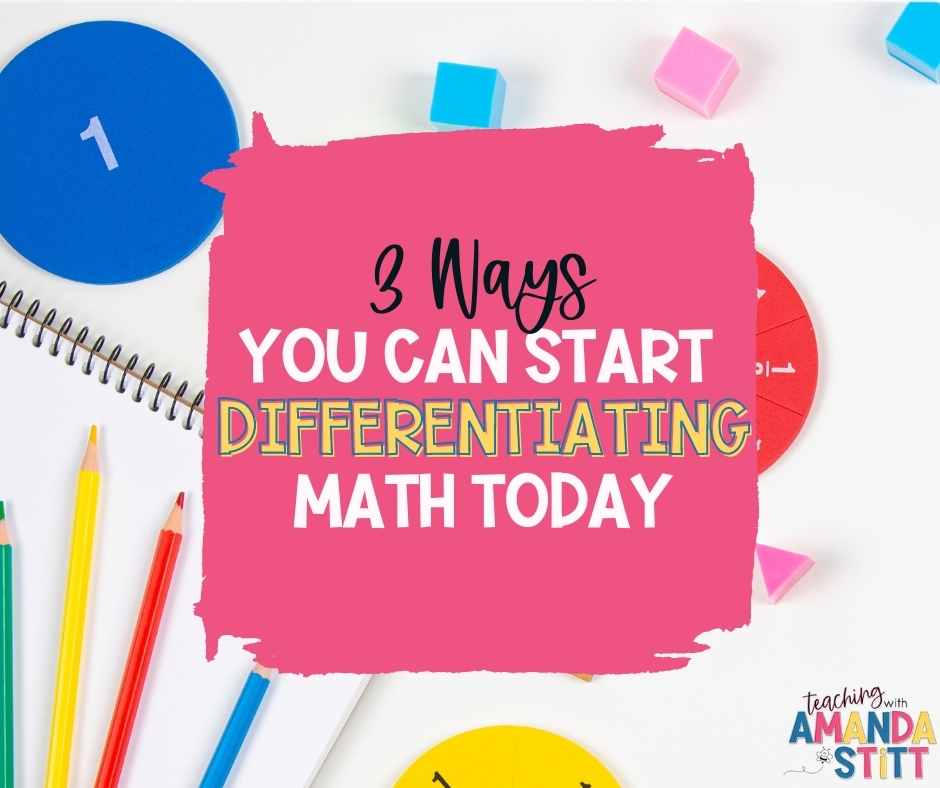
Differentiating Math: The Content
Content refers to what teachers teach and what they want their students to learn. When differentiating content, teachers need to consider what their students already know and can do. They also need to consider the different ways their students learn best.
For example, some students might learn best by listening to a lecture, while others might learn best by working on a hands-on activity.
So what is one way you could differentiate the content in your math class today?
Try using an anchor chart! Anchor charts don’t require much prep from you. All you need to get started is a piece of chart paper and a writing tool. Ideally, you would create an anchor chart together with your students and use it as a way to document the key information about a concept you are teaching.
Anchor charts can include visuals, vocabulary, steps, and any other important information. Once you have completed the chart keep it up in your classroom for students to reference when needed. Anchor charts can lead to great discussion and are fun to make. So get creative!

Differentiating Math: The Process
Process refers to how students make sense of ideas and information. When differentiating the process, you are providing different ways for students to engage with the content.
This could involve using different materials, working in different groupings, or providing different levels of support. It is essential to offer a variety of options so that all students can be successful.
An example of a way to differentiate the process in your math class would be by providing tiered assignments to students. What’s a tiered assignment? It’s when you provide an assignment to your students with different levels of support built in.
Most of my students LOVED logic puzzles, but for some, they felt really overwhelming. So I created logic puzzles that offered more support to the students that needed it and a challenge to those who found them easy.
Students completed logic puzzles throughout the year and as they became familiar with them and developed problem-solving strategies, I could slowly take away support, so they could do more challenging puzzles.
Want to try out a tiered assignment in your class today? Click here to download a FREE decimal numbers logic puzzle or a whole numbers logic puzzle to use in your class.
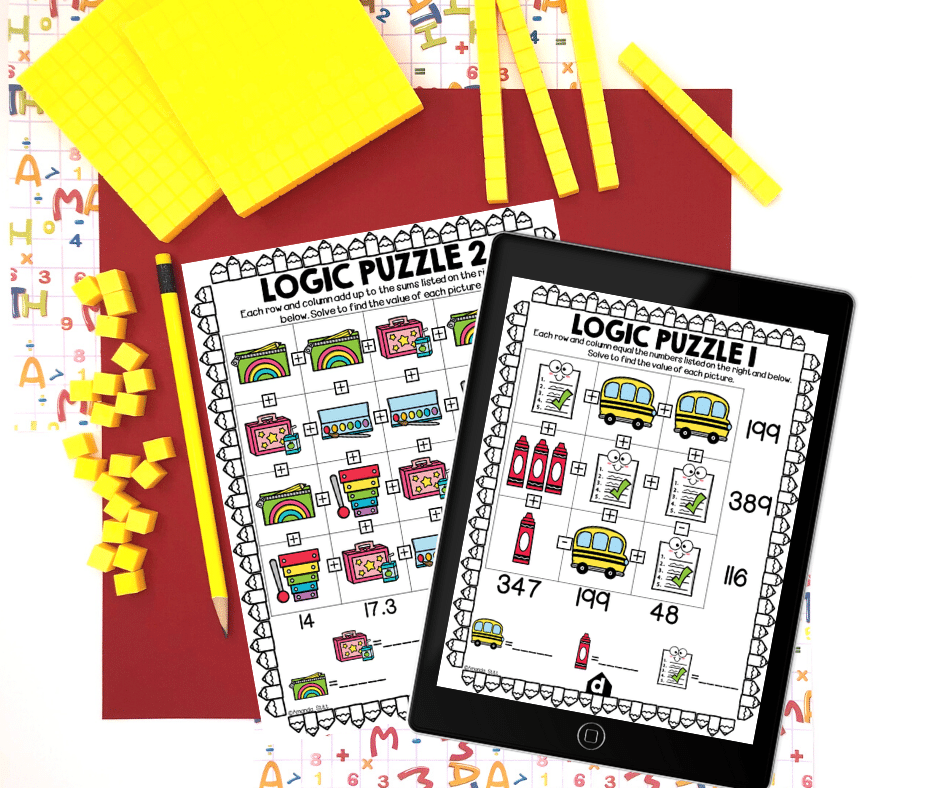
And if you love logic puzzles check out the seasonal bundles of logic puzzles in decimal numbers or in whole numbers.
Differentiating Math: The Product
Product refers to how students demonstrate what they have learned. In a differentiating classroom, students might complete the same assignment but show what they know in different ways. Many times we think of differentiating the product only as the end result.
For example, we might allow students to complete a math project of their choosing about a topic. But it can be even more than that.
Differentiating the product can also be how we allow them to complete the product. Can they work with a partner? Can they complete the product at their desk or in a quiet spot on the floor? Can they listen to music while they work? Differentiating the product also includes allowing for variance in the completion of the product. Think… what does this student need in order to show me what they have learned?
So what can you do to differentiate the product in your math class today? How about setting out clipboards and allowing students some flexibility in their workspace?
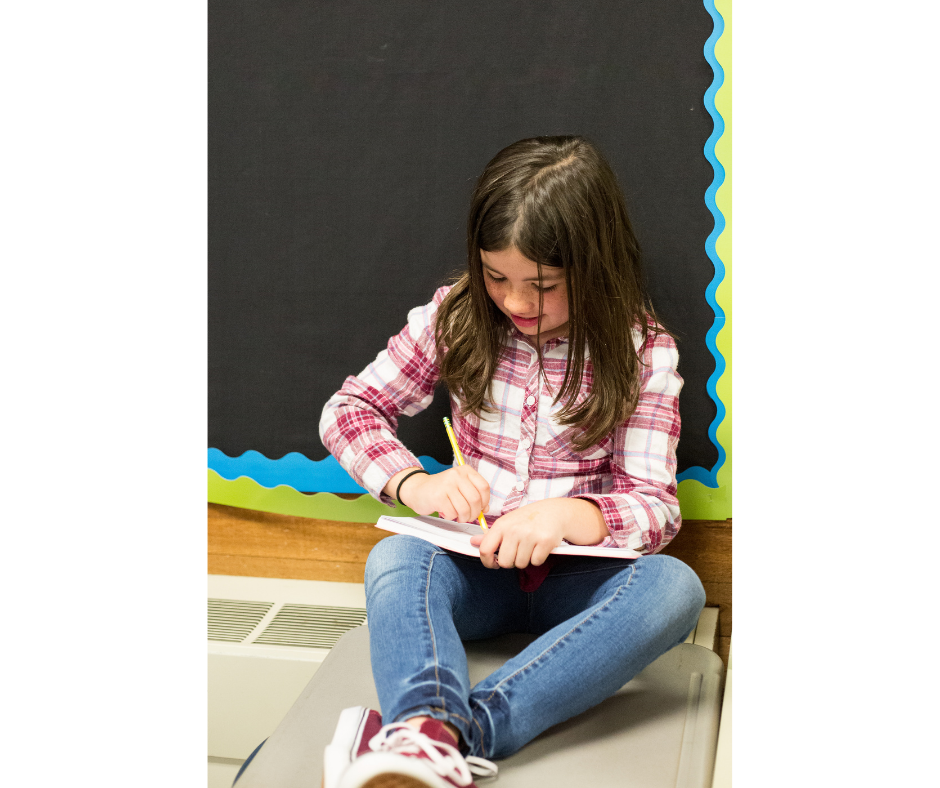
Differentiating math instruction in your classroom doesn’t have to be overwhelming. Start with small changes and differentiate one element at a time. Soon you’ll find that differentiating math becomes second nature! Be sure to check out this page filled with posts about differentiation and lots of resources to help!
Are you interested in more ideas on differentiating math in your upper grade class? Download this free differentiation guide! There are so many tools and ideas to help get you going on your differentiation journey.
Do you have a go-to method for differentiating math instruction in your classroom? Share it with us in the comments below!



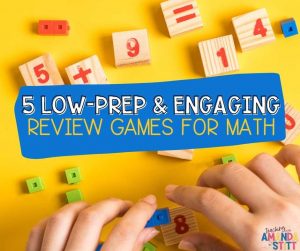
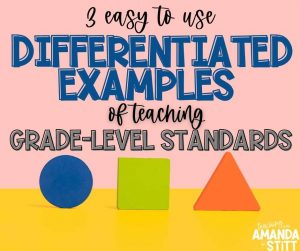

No Comments